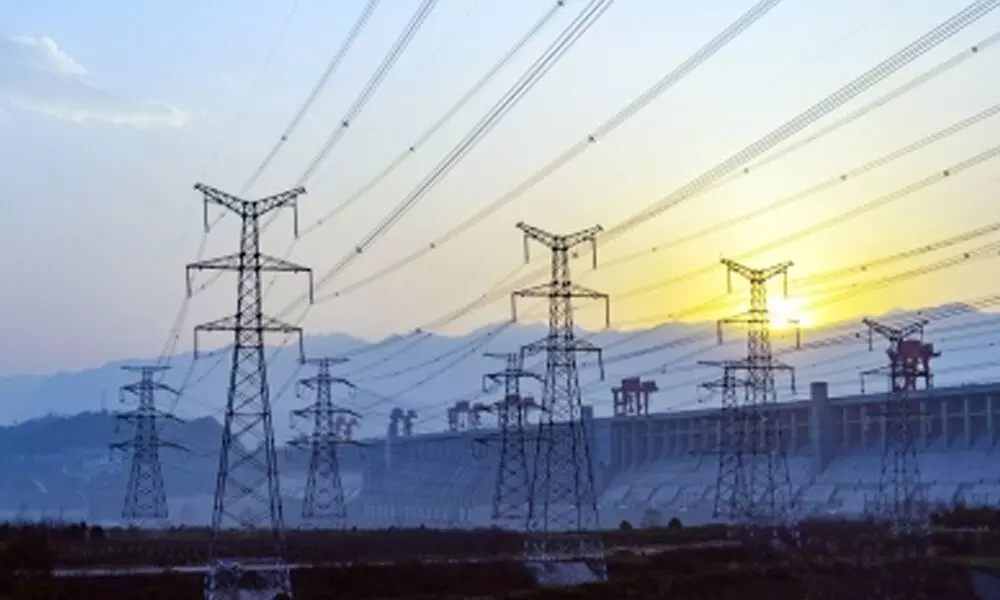Better for small investors to buy it post the listing
The trust would own assets in the power transmission business and the initial five assets would be acquired from the sponsor, PowerGrid
image for illustrative purpose

PowerGrid Infrastructure Investment Trust is tapping the capital markets with its fresh issue and offer for sale of Rs 7,735 cr through an Invit. The issue consists of units in a price band of Rs 99-100. The fresh issue is for Rs 4,993.48 crores while the offer for sale is for Rs 2,741.51 crs. The issue opens today, Thursday the 29th of April and closes on Monday the 3rd of May. The issue is 75 per cent reserved for QIB's and the balance 25 per cent for non-institutional investors. Marquee names have come in the anchor allotment done yesterday. The lot size is 1100 units or Rs 1.10 lakh at the top end of the price band. An important point to note for retail investors is the fact that allotment in case of over-subscription would be by way of lottery and not the system of all eligible investors getting one lot first.
The trust would own assets in the power transmission business and the initial five assets would be acquired from the sponsor, PowerGrid Corporation of India Limited, a Maharatna company. Currently 76 per cent of the capital of each of these five SPV's would be acquired and going forward as they complete two years of being in operation, the balance 26 per cent would be acquired in a phased manner.
This would be the third Invit to be listed and the first from the CPSE stable after IRB and India Grid. The returns from the trust as mentioned in the document indicate that the pay-out would amount to Rs 11-12 per unit for the first three years. This pay-out would be in three different components consisting of interest payment, dividend and return of capital. The expected ratio would be 60 per cent, 20 per cent and 20 per cent respectively. The interest payment would be taxable in the hands of the investor while the return of equity would be non-taxable. Also, about a fourth of the dividend income would be tax free. Effectively it could be said that 75 per cent would be taxable and 25 per cent tax free. Assuming the pay-out of Rs 12, it could be assumed that for an investor with normal taxable profile, he would earn Rs 6 after paying tax of Rs 3 on the taxable income and Rs 3 tax free, making this a hybrid instrument earning 9 per cent tax-free returns in the initial period of three years. Post this period, the returns would vary on the new projects acquired by the trust.
The biggest variable in an instrument like the above is the interest rates. Currently, interest rates in the country are quite stable and over the last five bi-monthly RBI meetings have remained unchanged. While in the immediate short term no changes are expected, things could be different going forward. Secondly the nature of transmission projects being acquired have an inbuilt reduction in tariff rates as the life of the project increases. By way of explanation, if the asset is for 35 years, the tariff at year one would be Rs 100 and would progressively decrease to say Rs 75-80 in the 35th year. It therefore becomes imperative for the trust to keep on acquiring assets at regular intervals.
The two listed trusts have been quite volatile in their limited listed history. IRB Invit has moved from Rs 105 against its issue price of Rs 100 in May 2017 to Rs 25 in March-April 2020, to Rs 54 currently. India grid Trust has moved from Rs 90 in July 17 to Rs 78 in April 19 and to Rs 125 currently posts the rights issue that the trust has done.
There would hardly be any leveraged applications in this issue and it would be fair to estimate that the non-institutional category would be subscribed between 4-6 times. With allotment being on a lottery basis in the case of over-subscription, the small investor applying for a single lot would be at a disadvantage. The nature of the instrument would ensure that the price on listing would be a couple of points higher than the issue price.
This is a long-term instrument which would have to be reviewed closely as time progresses. Nature of the instrument does not guarantee allotment on subscription, nor there substantial premium to feel disappointed. Recommend to small investors looking to buy one lot of 1100 units, to buy the same post listing.
(The author is the founder of Kejriwal Research and Investment Services, an advisory firm)

